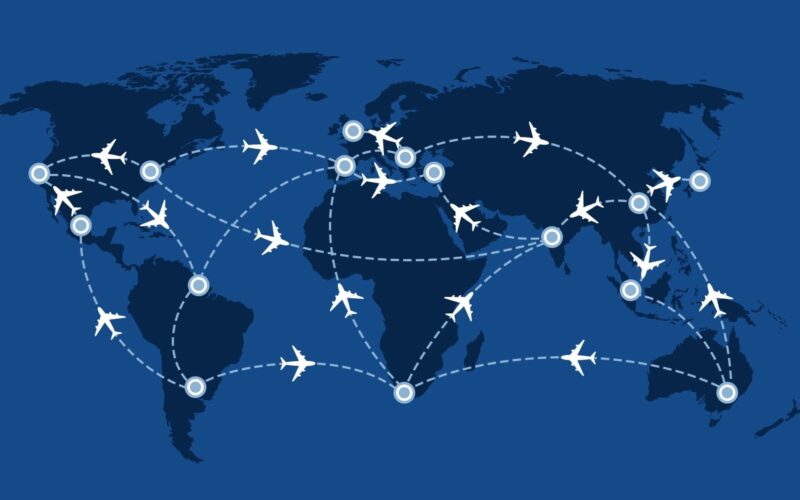Decoding Airline Strategy: Factors in Choosing New Routes
By:
Pilotcenter.net
Professor Gavin Eccles, an esteemed figure in the aviation industry, sheds light on how airlines strategize their network planning and route development, and the mutual benefits for both airports and destinations in understanding carrier perspectives.
With a background in notable roles like British Airways development and consultancy projects for major airlines such as United Airlines and American Airlines, Gavin's expertise extends to enhancing connectivity for touristic destinations. Additionally, his involvement with Portuguese airline SATA International and advisory role for Visit Portugal emphasizes his keen insights into air connectivity dynamics.
From the airline's standpoint, the crucial question revolves around the potential profitability of new routes. A key aspect for carriers is to harness market intelligence tools for route evaluation, considering factors like passenger demand forecasts, connectivity possibilities, aircraft suitability, and competitive landscape analysis.
Airlines employ sophisticated data analysis to determine passenger flow between destinations, enabling them to tailor optimal routes and flight schedules. Particularly, understanding passenger connections, preferences, and fare trends plays a pivotal role in route planning decisions.
Striking a balance between local traffic and maximizing connecting passenger opportunities is a crucial strategy for airlines in route planning. Timely scheduling and fleet selection are key considerations to ensure efficient operations and revenue generation.
Another critical aspect is the strategic value of a route, where airlines may opt to operate certain routes strategically to stimulate demand and promote destinations. The dynamic nature of route planning necessitates constant evaluation and adaptation to market trends and operational feasibility.
While route planning can be complex, advancements in forecasting technologies and network analysis tools are empowering airlines to make informed decisions for sustainable route development. The future of planning lies in leveraging data insights and predictive modeling to optimize route profitability and passenger experience.
As airports and destinations seek to attract airlines for enhanced connectivity, understanding the intricacies of airline network planning is essential. Collaboration between stakeholders and leveraging data-driven insights are key to fostering successful route development initiatives in the ever-evolving aviation landscape.

